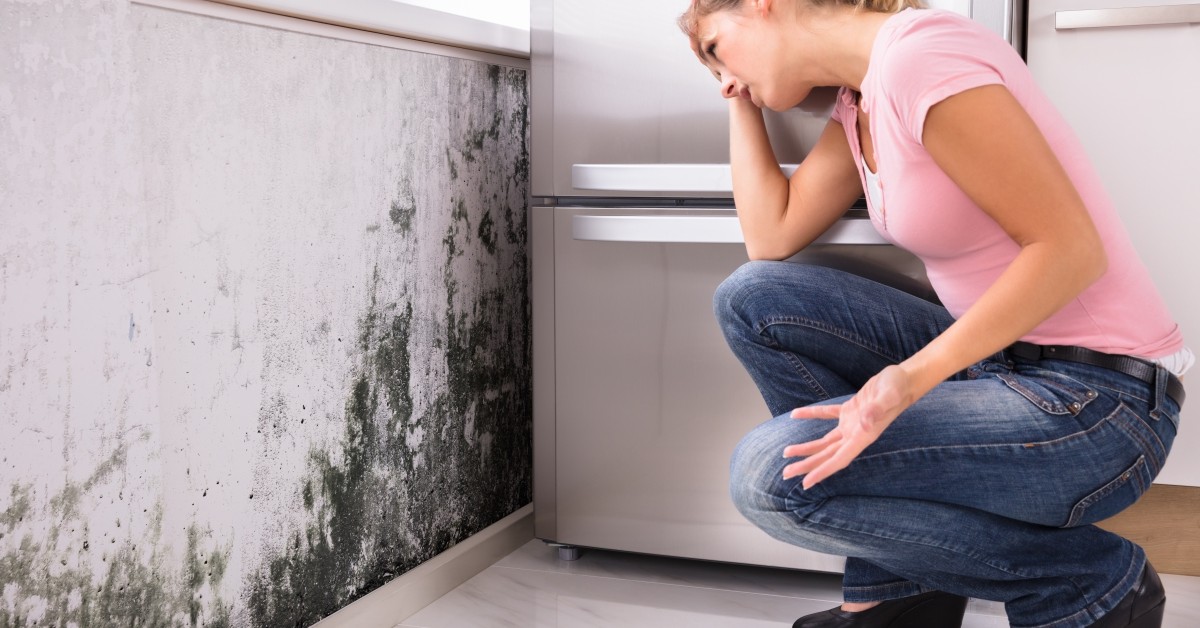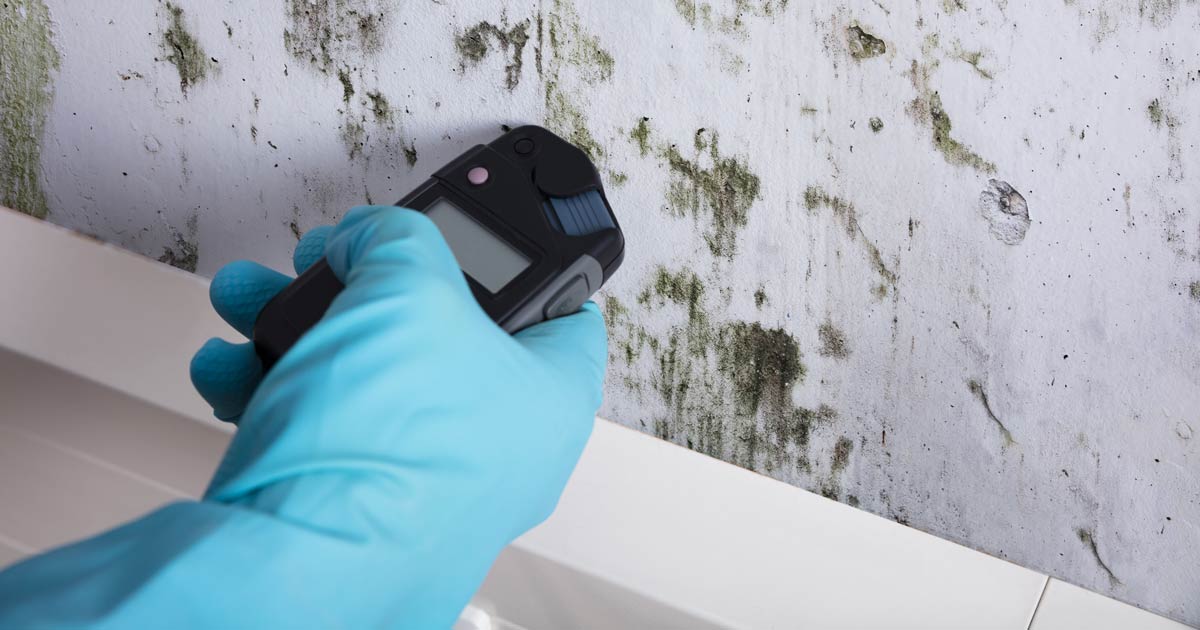Accessing Regional Post Remediation Mold Testing Near Me
Accessing Regional Post Remediation Mold Testing Near Me
Blog Article
Specialist Tips for Post Mold Remediation Success
In the world of mold remediation, successfully getting rid of mold and mildew is just half the battle; the true difficulty lies in avoiding its reappearance. By adhering to professional tips and ideal methods, people can secure their spaces versus mold rebirth and preserve a healthy and balanced indoor setting.
Display Humidity Levels Routinely
Normal monitoring of moisture degrees is necessary in ensuring the performance of article mold remediation efforts. After completing mold removal treatments, preserving ideal humidity levels is vital to stop mold and mildew re-growth and make sure a healthy and balanced indoor setting. Tracking moisture degrees permits for very early discovery of any type of spikes or changes that could potentially bring about mold and mildew renewal. High moisture degrees above 60% develop a helpful setting for mold and mildew to thrive, making routine monitoring a positive action to avoid any future mold and mildew concerns - testing air quality after mold remediation.
Using hygrometers or dampness meters can assist in properly measuring moisture levels in various areas of the property. These tools offer real-time data that enables remediation professionals to make informed decisions relating to ventilation, dehumidification, and various other essential actions to keep ideal humidity levels post-remediation. Furthermore, developing a routine timetable for humidity checks, specifically in risky areas such as kitchens, cellars, and restrooms, is an aggressive technique to mold prevention. By constantly monitoring moisture degrees, home proprietors can effectively alleviate the risk of mold and mildew reoccurrence and keep a healthy and balanced indoor environment post-remediation.
Conduct Thorough Inspections Post-Remediation
Following the conclusion of mold and mildew removal treatments, it is essential to carry out thorough assessments to verify the performance of the removal procedure. These post-remediation evaluations are vital in making certain that the mold and mildew issue has been effectively attended to and that there is no recurrence or staying mold development. Examinations must be accomplished by qualified experts who have proficiency in identifying mold and mildew and examining indoor air quality.
During these evaluations, numerous techniques such as visual evaluations, air tasting, and surface sampling might be utilized to thoroughly review the remediated locations. Visual assessments involve a thorough examination of the premises to look for any kind of noticeable indications of mold and mildew growth or water damage. Air sampling assists in determining the airborne mold and mildew spore degrees, while surface area sampling can identify mold and mildew bits on surfaces.
Implement Correct Air Flow Strategies
After making sure the performance of the mold removal procedure via detailed assessments, the next critical step is to concentrate on implementing correct air flow methods. Sufficient air flow is vital in preventing mold reoccurrence by regulating wetness degrees and promoting air flow. To achieve this, it is advised to make use of exhaust fans in areas prone to high humidity, such as kitchens and shower rooms. Furthermore, opening doors and windows when weather condition allows can aid boost air movement and reduce navigate here wetness buildup. Air dehumidifiers and purifiers are also useful tools in keeping optimal indoor air top quality.
Correct air flow not only help in preventing mold and mildew growth but also adds to the total health and comfort of occupants. By making sure adequate air flow throughout the home, you can reduce the threat of mold regrowth and produce a much healthier living environment. Regular upkeep of air flow systems, including cleaning and filter replacements, is critical to sustaining effective ventilation. Consulting with cooling and heating specialists can supply further understandings into maximizing ventilation techniques for your certain property needs.

Use Mold-Resistant Materials for Fixes
To boost the lasting effectiveness of mold remediation initiatives, incorporating mold-resistant materials for repairs is crucial in reducing the risk of future mold development. Mold-resistant materials are created to stand up to dampness and hinder mold development, making them a necessary option for areas vulnerable to moisture and moisture. When repairing locations affected by mold and mildew, utilizing products such as mold-resistant drywall, mold-resistant paints, and mold-resistant caulking can aid stop mold and mildew recurrence.
Mold-resistant drywall is an exceptional alternative to typical drywall in areas like washrooms and cellars where dampness degrees are higher. This sort of drywall has an unique layer that withstands mold development also when subjected to damp conditions. Furthermore, mold removal in crawl space utilizing mold-resistant paints having antimicrobial representatives can additionally hinder mold and mildew development on walls and ceilings.
In areas where moisture is common, such as bathroom and kitchens, using mold-resistant caulking around home windows, bathtubs, and sinks can assist secure out water and protect against mold from taking hold in fractures and holes. By buying these mold-resistant materials throughout repair work post-remediation, you can dramatically minimize the possibility of future mold and mildew issues and preserve a healthier interior setting.
Maintain Cleanliness and Address Water Issues
After mold remediation, it is crucial to maintain a clean setting to protect against the regrowth of mold and mildew. Leakages, water breach, or high moisture degrees can produce the ideal breeding ground for mold and mildew, so it is crucial to repair any kind of water-related problems quickly.
To preserve tidiness, take into consideration making use of HEPA filters in vacuums and air cleansers to trap mold spores and stop their blood circulation airborne. Making certain proper ventilation in areas prone to moisture accumulation, such as kitchens and shower rooms, can help maintain moisture levels in check. By staying watchful regarding sanitation and dealing with water problems promptly, you can efficiently protect against mold and mildew reinfestation and preserve a healthy and balanced indoor environment.
Conclusion

In the world of mold and mildew remediation, efficiently eradicating mold is only half the fight; the real difficulty exists in avoiding its reappearance. After completing mold remediation procedures, preserving ideal humidity degrees is vital to protect against mold and mildew re-growth and guarantee a healthy indoor environment. High moisture levels over 60% produce a conducive setting for mold and mildew to thrive, making routine keeping track of a positive step to avoid any type of future mold and mildew problems.
To enhance the long-lasting efficiency of mold and mildew removal initiatives, incorporating mold-resistant materials for repair services is essential in mitigating the risk of future mold development. After mold removal, it is vital to keep a clean setting to avoid the regrowth of mold and mildew.
Report this page